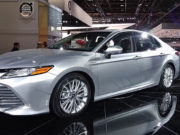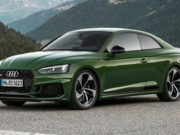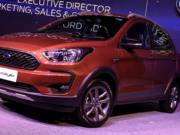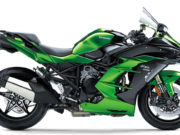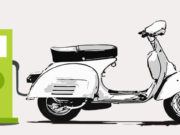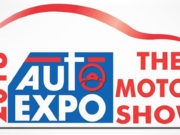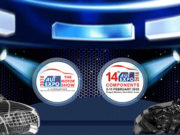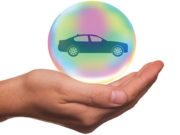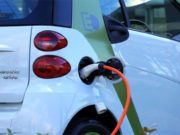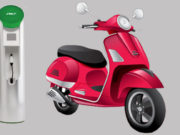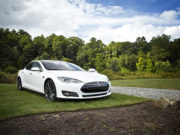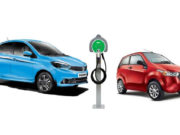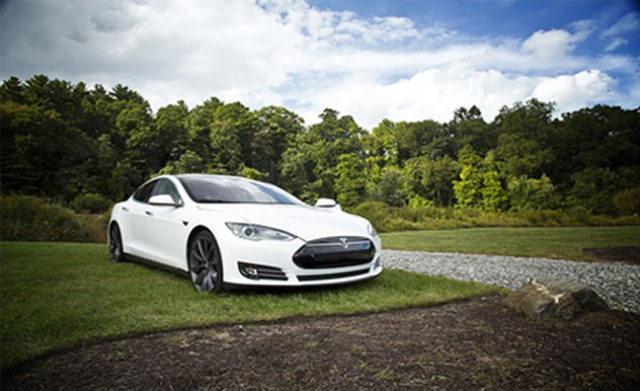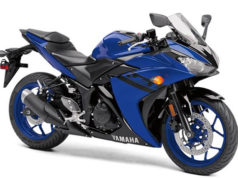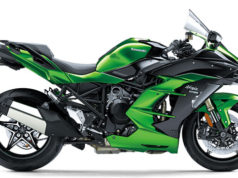An overview
Union Road Transport Minister Nitin Gadkari, while attending the annual conference organized by SIAM or Society of Indian Automobile Manufacturers said that the diesel and petrol vehicles must leave the path for vehicles that will run on electricity as well as other substitute fuel variants like biofuel, ethanol, and CNG. He was discussing sustainable development and expansion initiatives for the automobile sector at the convention. He also added that this endeavor was a division of the larger schemes of the government to permit just e-vehicles in the country by 2030.
More on it…
He also stressed that the car industry should begin thinking about innovative ways of creating and distributing vehicles that cause less environmental pollution. He asked the fraternity to research on such techniques that will fuel the creation of technically advanced vehicles that will not cause pollution. He cautioned the industry that if they did not progress towards innovative techniques then they will have to risk being surpassed by expected alterations in the government policy. In addition, he mentioned that this government is also scheduling a platform which will be similar to Uber and Ola for facilitating the use of 2-wheelers as a cab, therefore reducing the count of vehicles on the roads.
How does the future look?
The government’s future plan is to release over one million electric 3-wheelers and ten thousand electric city buses on the Indian roads by 2019. In fact, only in the NCR region, almost ten thousand e-cars will be released which is big news. To help this initiative, the EESL or the Energy Efficiency Services Limited will set up around four thousand chargers in only Delhi and NCR region. This will not only enhance the expediency of the residents but also increase the interest of people regarding e-cars. E-vehicle manufacturers will receive incentives like tax breaks to increase manufacturing of e-vehicles. Buses powered by battery will also be released on the road by 2018.
Competitive tendering for electric vehicles similar to the manner in which the LED moment was done in India will be performed by the government. The batteries, and the vehicles, will cost lesser than the ones that will run on petrol or diesel. In 2017, the roads of Nagpur were hit by a fleet of two hundred electric vehicles which include auto, e-rickshaws, taxis and also buses. The multi-modal e-vehicle project in India was launched for the first time at Nagpur Airport Complex. Ola cabs have also set up more than fifty charging points at 4 planned locations all across Nagpur.
A concluding note
Under the plan designed by the National Policy on Biofuels, the administration is anticipated to achieve a staggering target of twenty percent ethanol-petrol blending by the year 2017. Nevertheless, this target could not be achieved because of the scarcity of availability of the ethanol for the transport industry. India is presently producing less than three percent of the ethanol-petrol blend. To fill this gap between demand and supply, the government has planned to begin fifteen industries for producing second generation ethanol. This is a non-polluting energy which is also cost-effective; this is a nice solution for tackling both the problems of increasing bill and rising pollution.


